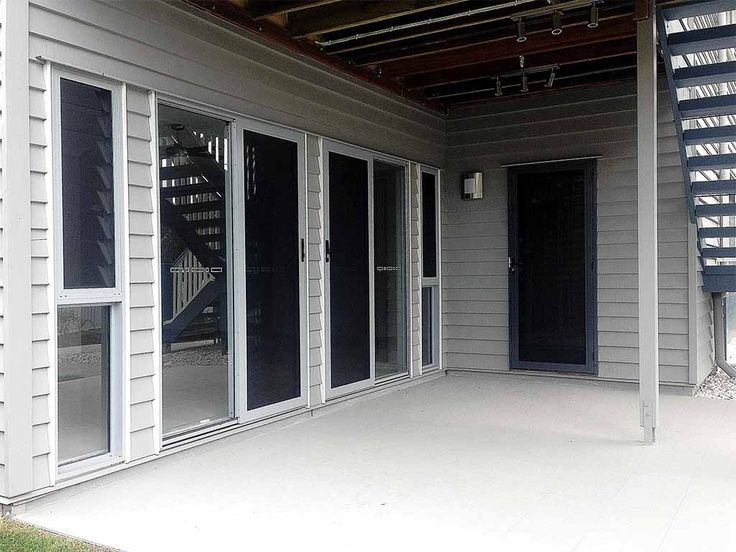As a homeowner in Brisbane, ensuring the safety and security of your home is a top priority. One effective way to enhance your home’s security is by installing security screens. Not only do they provide an added layer of protection against intruders, but they also allow for airflow and visibility without compromising safety brisbane security screens. If you’re considering a DIY approach, this guide will walk you through the process of installing security screens in your home.

Why Choose Security Screens?
Before we dive into the installation process, let’s explore some benefits of security screens:
- Enhanced Security: High-quality security screens act as a deterrent to potential intruders.
- Improved Ventilation: Unlike traditional bars or shutters, security screens allow fresh air to circulate while keeping your home safe.
- Insect Protection: They keep pesky insects out while still letting you enjoy the breeze.
- UV Protection: Many screens block harmful UV rays, protecting your furnishings and flooring from fading.
- Aesthetic Appeal: Available in various styles and colors, security screens can complement your home’s exterior.
Tools and Materials You’ll Need
Before you begin the installation, gather the following tools and materials:
Tools:
- Measuring tape
- Level
- Drill and drill bits
- Screwdriver
- Utility knife
- Safety goggles
- Work gloves
Materials:
- Security screen kit (specific to your window or door dimensions)
- Screws and anchors (usually included in the kit)
- Sealant (optional, for added weatherproofing)
Step-by-Step Installation Guide
1. Measure Your Windows and Doors
Start by measuring the dimensions of the windows and doors where you plan to install the security screens. Accurate measurements are crucial to ensure a proper fit. Measure the height and width at multiple points, as openings can be slightly irregular.
2. Choose the Right Security Screen
Select security screens that suit your home’s aesthetic and meet your security needs. Look for features like stainless steel mesh, durable frames, and a reputable warranty.
3. Prepare the Installation Area
Clear the area around the windows and doors to create a safe and accessible workspace. Remove any existing screens or obstructions, and clean the frames to ensure a smooth installation.
4. Assemble the Security Screen
Follow the manufacturer’s instructions to assemble the security screen frame. Ensure all components fit together securely, and double-check that the mesh is taut and properly aligned.
5. Position the Security Screen
Hold the assembled screen against the window or door frame to check the fit. Use a level to ensure it’s straight before marking the drill holes.
6. Drill Pilot Holes
Using a drill, create pilot holes where you marked earlier. If you’re installing into masonry or concrete, use appropriate anchors to secure the screws.
7. Attach the Security Screen
Align the screen with the pilot holes and begin inserting screws. Start with the corners and work your way around, ensuring the screen is flush against the frame. Be careful not to overtighten the screws, which could distort the frame.
8. Seal the Edges (Optional)
For added weatherproofing, consider applying a bead of sealant around the edges of the screen. This step can help prevent water intrusion and improve energy efficiency.
9. Test the Installation
Once the security screen is in place, test it by gently pushing on the mesh and checking the hinges (if applicable). Ensure that everything operates smoothly and securely.
10. Enjoy Your Peace of Mind
With your security screens installed, you can now enjoy improved airflow, insect protection, and, most importantly, enhanced security.
Maintenance Tips
To keep your security screens in top condition, perform regular maintenance:
- Clean the Screens: Wipe down the frames and mesh with a soft cloth and mild detergent to remove dust and debris.
- Check for Damage: Regularly inspect the screens for any signs of wear or damage and address any issues promptly.
- Lubricate Moving Parts: If your security screens have hinges or sliding components, lubricate them as needed to ensure smooth operation.
Conclusion
Installing security screens in your Brisbane home is a practical and rewarding DIY project. With the right tools, materials, and a little patience, you can enhance your home’s security while maintaining its aesthetic appeal. Enjoy the peace of mind that comes with knowing your home is safer, and breathe easy with fresh air flowing through your new security screens!